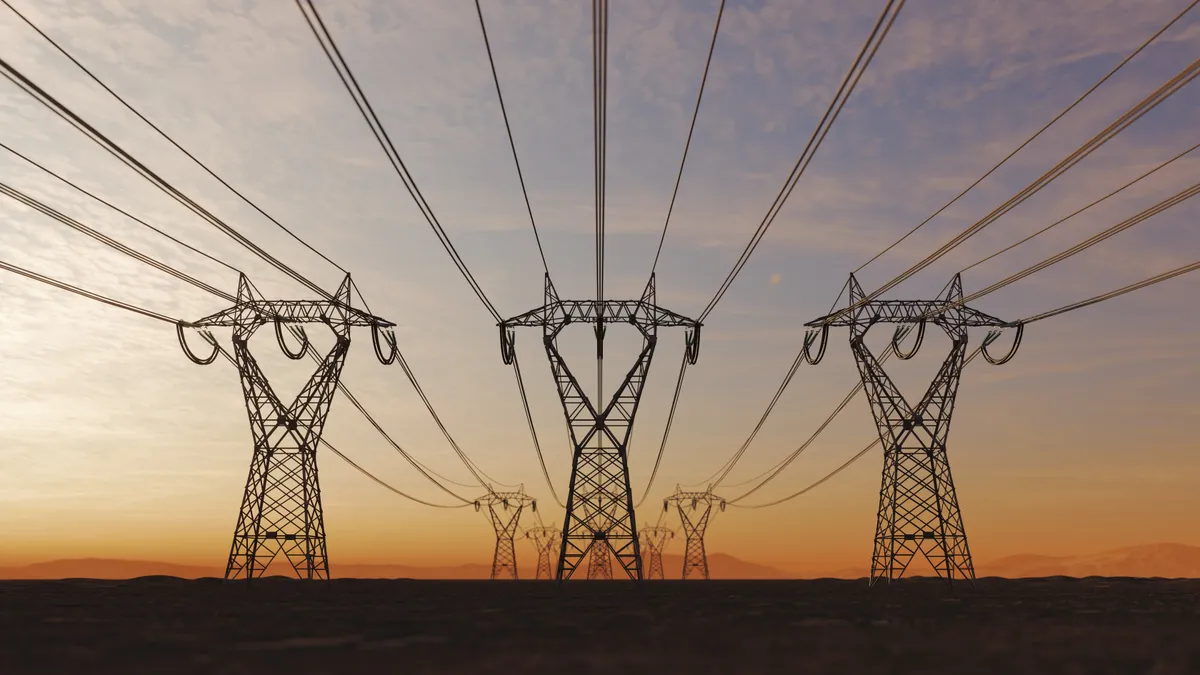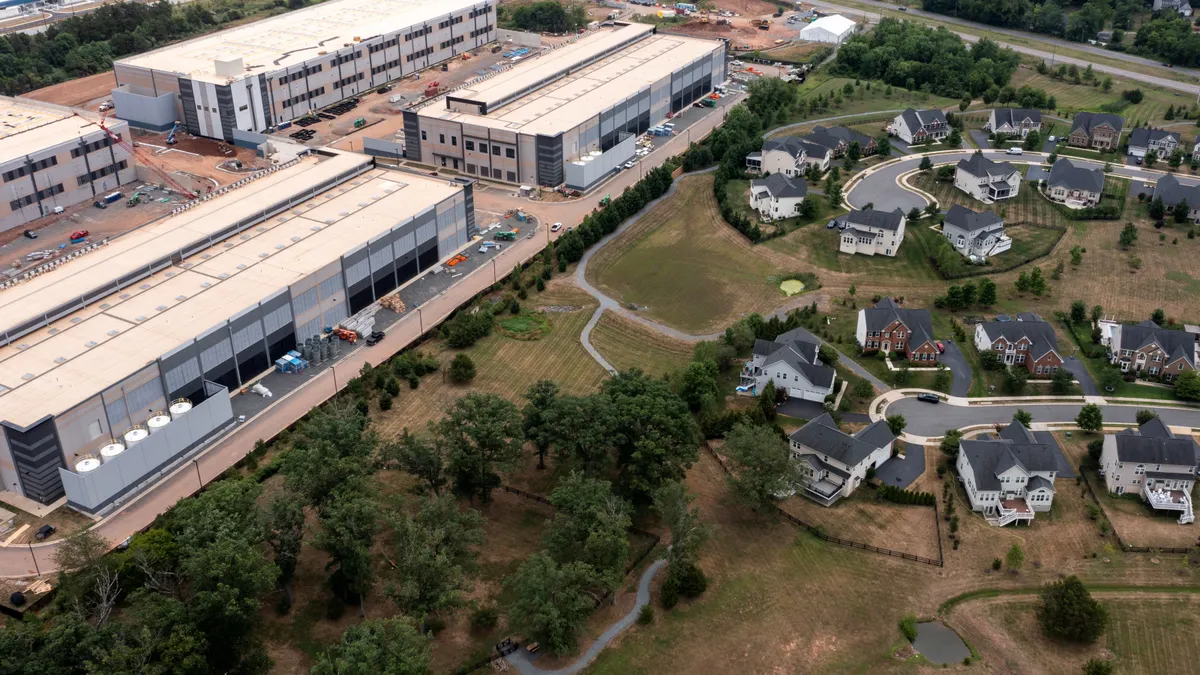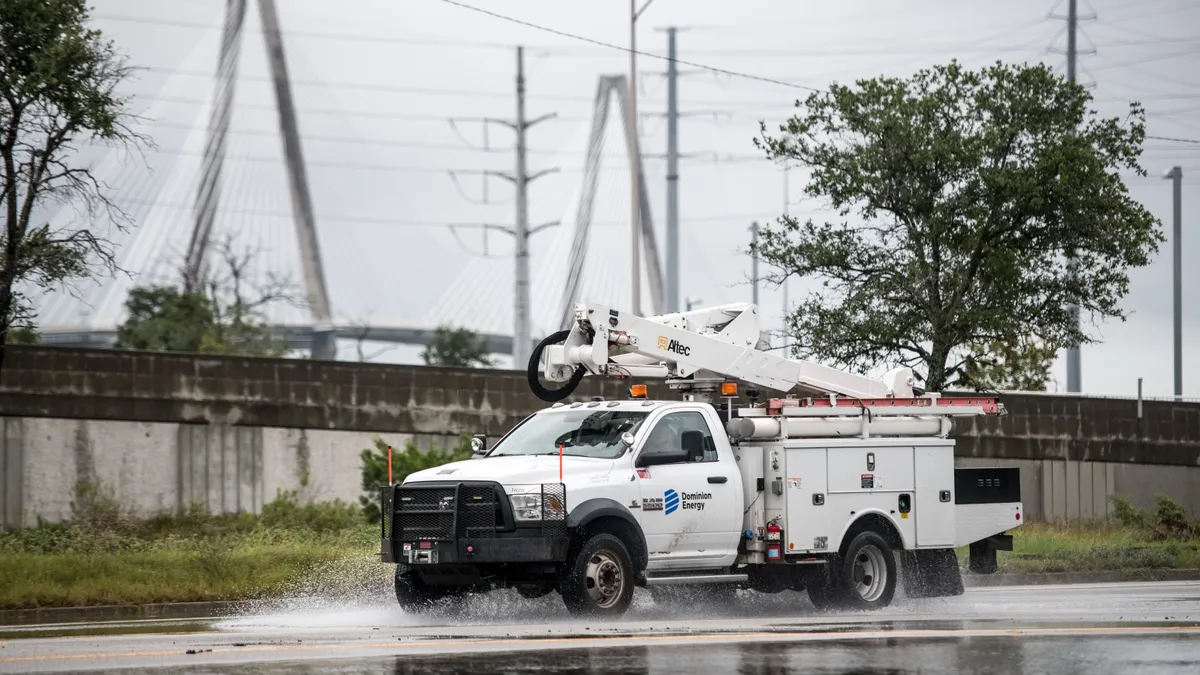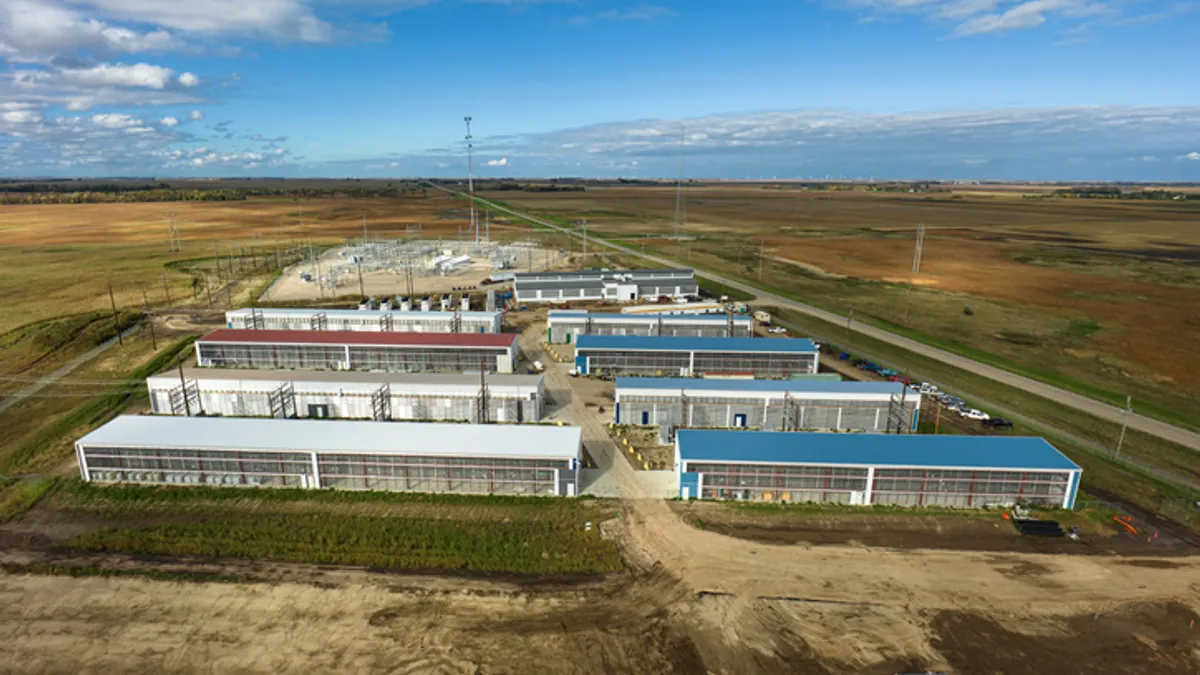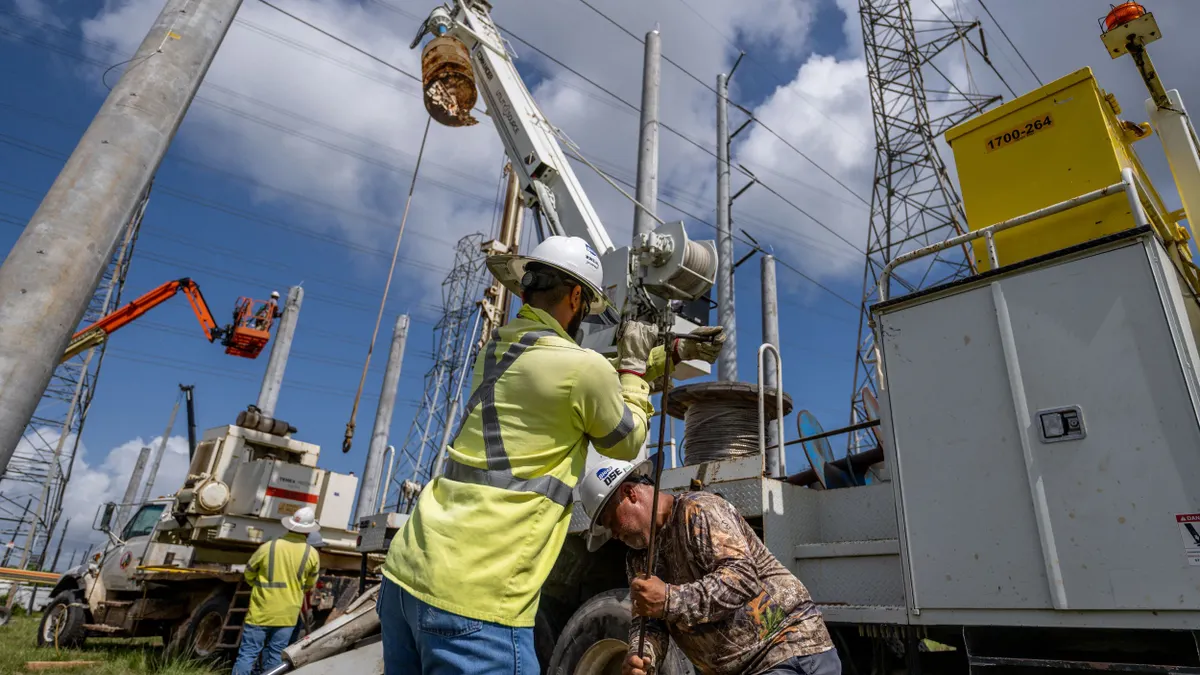Christina Hayes is executive director of Americans for a Clean Energy Grid.
In the drive to meet America’s rapidly-increasing energy needs, legislators, regulators, utilities, and customers ultimately share the same goal — increasing the reliability of the power grid and lowering energy costs for consumers. Yet, what constitutes the “benefits” of transmission has been clouded in confusion.
A complex network of transmission lines power our daily lives. But many of these lines — constructed in the 1950s and 1960s — have reached or exceeded their planned lifespan. As electricity demands increase, the U.S. will require a vastly expanded and modernized grid. Comprehensive and collaborative transmission planning to cost-effectively and reliably meet those needs is essential.
Customers – households and businesses – pay for electric transmission throughout most of the country. As part of the transmission planning process, the Federal Energy Regulatory Commission approves methods of allocating costs to customers “roughly commensurate” with the benefits they receive — so a lot of thought goes into determining these benefits. FERC’s first list of benefits in transmission planning comes from Order No. 1000 in 2011. Under this rule, benefits include the extent to which a new transmission line increases reliability, reduces economic bottlenecks, or meets public policy requirements.
Since then, transmission planning has changed over time and, with it, the understanding that one transmission line can provide a variety of benefits. For that reason, we need to update this list of benefits to include a more comprehensive accounting of what makes improving our transmission system a worthwhile undertaking. Ongoing debate among policymakers has created the appearance of substantive disagreement about a new, robust list of benefits. However, the fact is that there is wide consensus around the need for clearly defined benefits for collaborative transmission planning.
In its pending Notice of Proposed Rulemaking, or NOPR, FERC provided a new list of benefits, analyzing the role of transmission in the greater electric system and how improved transmission would enhance reliability and reduce costs for customers. The 12 proposed benefits of comprehensive long-term transmission planning include access to lower-cost generation resources, decreased congestion due to transmission outages, reduced transmission energy losses, and diminished frequency of loss of load events, among others.
FERC voted out the NOPR 4-1. The list of proposed benefits was relatively uncontroversial at that time. Commissioner James Danly dissented from the proposal on the basis that improved transmission planning should stem from the states, regions, and utilities, not FERC, no matter how many good ideas were in the proposal. Commissioner Mark Christie issued a concurrence in approval of the NOPR, supporting the omission of several elements that he viewed as “not ready for prime time,” but he did not address the list of benefits.
In fact, there was broad support for a relatively uniform set of benefits in public comments. Entergy noted that many of the benefits identified by FERC were related, and should instead be counted in a way that did not overstate the value of the benefits by organizing them as broad categories. Exelon also suggested regional flexibility and a simpler list of benefits, mirroring those proposed by Entergy. Similarly, AEP provided its own list of minimum benefits.
The debate over benefits also arose with the proposed siting and permitting legislation introduced by Sen. Joe Manchin, D-W.Va. While the first draft was quite vague on transmission benefits, the second draft, The Building American Energy Security Act of 2023, clarified that transmission costs should be allocated commensurate with “the costs of providing service to each class of customers, including improved reliability, reduced congestion, reduced power losses, greater carrying capacity, reduced operating reserve requirements, and improved access to generation, in accordance with cost allocation principles of the Commission.”
Recent letters from Sens. Chuck Schumer, D-N.Y., and Kevin Cramer R-N.D., further address this issue. Schumer’s letter states that FERC should clearly define benefits, either adopting those proposed in the NOPR or those listed in Sen. Manchin’s bill. Cramer does not disagree with this list; he expressed concern that benefits could be applied “arbitrarily and loosely” — and without a clearly defined list of benefits, he may be right.
Removed from debates in Washington, D.C., the benefits of transmission on the ground are clear. During Winter Storm Uri, over 4.5 million people in Texas lost power for several days while temperatures were below freezing because ERCOT, the grid operator for Texas, has only two transmission lines to the Eastern Interconnection and was only able import 800 MW of power over the course of a week. Meanwhile, the Midwest was able to import 13,000 MW of power at the height of the storm and suffered only minimal outages as a result. More than 240 people died in Texas from outage-related causes.
In a similar vein, transmission constraints between regions due to Winter Storm Elliott led to significant price spikes. One study showed that “modest investments in interregional transmission capacity would have yielded nearly $100 million in benefits from December 22-26, 2022.”
While debate clouds the issue, consumers across the country are losing out on the energy reliability and cost-effective infrastructure development that enhanced transmission planning would provide. This loss will be even more deeply felt as extreme weather becomes more frequent and major power outages from weather-related events increase. While there is some disagreement on other aspects of transmission development, common ground exists on identifying and planning for a clear list of essential benefits. FERC must recognize this common ground to identify broad benefits for planning transmission.
By passing a rule that clarifies and requires evaluation of commonly-accepted benefits, FERC has the opportunity to push for the thoughtful planning of transmission and provide customers access to lower-cost, reliable energy into the future. The benefits of transmission are fundamentally clear. America needs a grid to power America.


